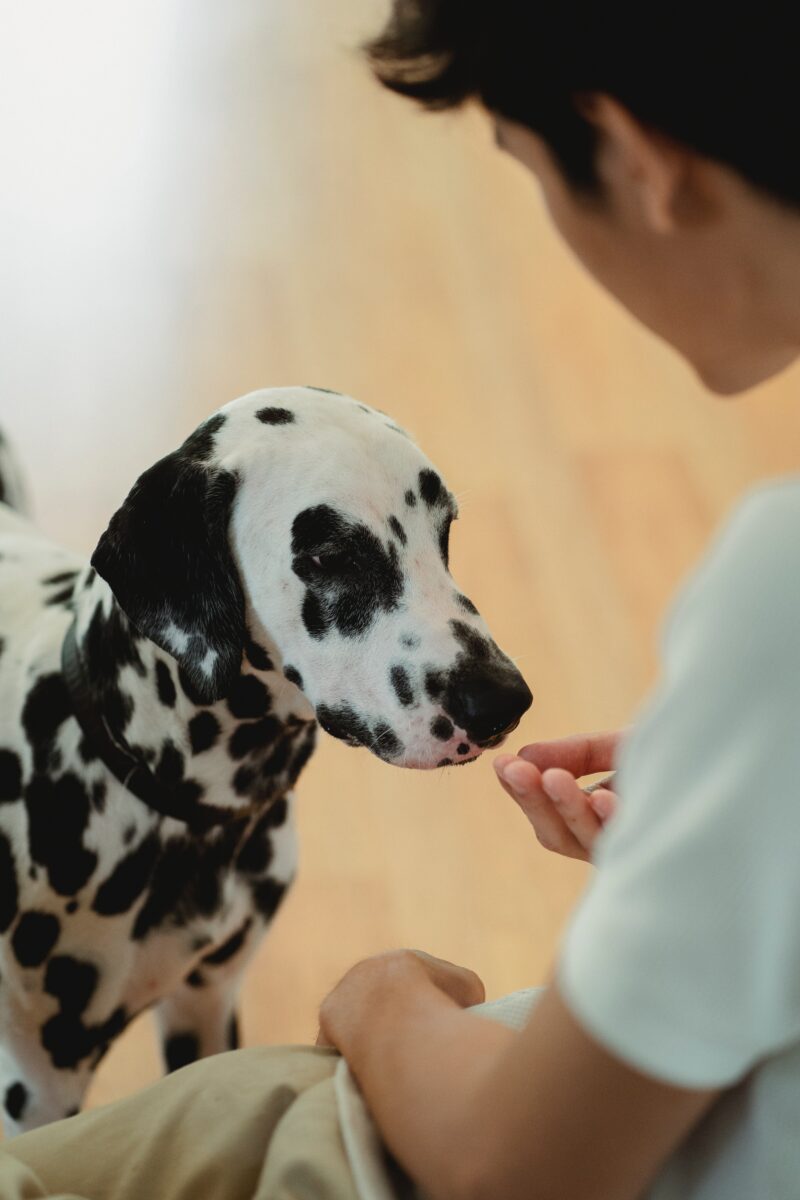It only takes a quick internet search to find thousands of humorous memes and videos on the failed attempts of administering medication to cats and dogs. But as entertaining as they are, getting your pet to take any prescribed medication is extremely important, so we asked our team of animal care experts for their advice.
Tricks are for furry friends
One of the easiest tricks to get your companion animal to take their pills is by hiding it in food like peanut butter, cheese, lickable cat treats, or in a small amount of canned wet food.
Many pet stores also sell pill pocket treats that are specially designed to hide medication. However, when hiding pills in food, hand feed your cat or dog the medication to ensure they aren’t spitting it out. There’s nothing worse than thinking you were successful only to find a pile of discarded meds behind the couch.
Some animals are just too clever, and no matter how crafty you get with hiding those pills, they absolutely refuse to eat that special treat. Also, some furry friends have strict dietary restrictions that may prevent you from using this trick. If hiding pills in food is not an option, you will need to administer the medication directly into their mouth. Don’t worry! We have a few steps below to help make it easier.
Giving a pill to your companion animal
- Set your pet up in a safe and comfortable area. The less stressful the environment, the better.
- Lubricate the pill with a light coating of butter or margarine (if dietary needs permits) and have it close by.
- Gently hold your pet’s muzzle from above, placing your thumb behind the teeth on one side of the upper jaw and your fingers on the other side.
- With a firm but gentle grip, tilt your pet’s head towards the ceiling. This will naturally allow for the lower jaw to open.
- With the pill in the other hand, use your baby and ring fingers to open the mouth a little wider by putting slight downward pressure on the lower lip and place the pill as far back over the tongue as possible.
- Close their mouth and hold it as you bring the head back to a normal position.
- Gently rub or blow lightly on their nose. This should stimulate swallowing. Gentle massage of the throat region in an up and down motion can help stimulate swallowing, as well.
- Show them plenty of love and offer a real treat after giving the medication.
- If pilling is too difficult, discuss alternatives with your pet’s veterinarian (ie. Topical, transdermal, oral liquids, etc.) There may be other options available.
Remember to use your pet’s medication as directed, finish the prescription unless otherwise indicated, and never share medication between animals. Always talk to your veterinarian if you have any questions or concerns.
If this information was helpful, please help us continue to educate about pet health and well-being by making a donation.
